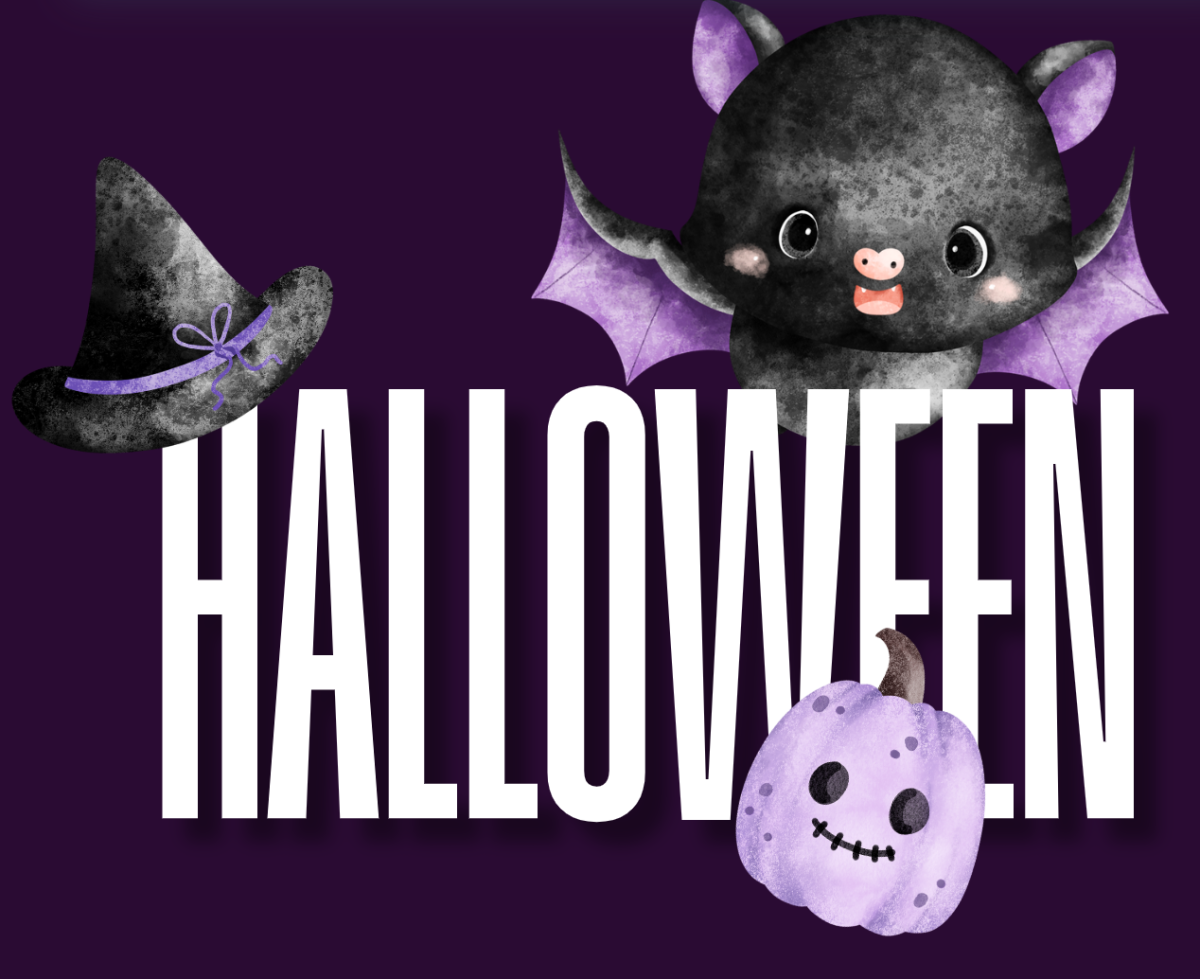By Bailey Hosfelt

Naivete is the gift that keeps on giving and boy, can she bare her teeth in many a situation.
The latest example of this feeling came in the form of a pop quiz in my avant-garde cinema class, which is taught exclusively in Spanish. In reality, the quiz in question was probably announced but not caught, on account of our professor mumbling at a soft decibel, as if he has marbles in his mouth. I promptly got a 25 percent. You’re laughing with me, right?
My second-most recent instance of greeting this lack of knowledge came in a less startling setting: the movie theater, or as I’ve taken to calling it here, the cinema. I went to see Darren Aronofsky’s Mother! with a Dutch dude who thinks “aggro” is a gross way to abbreviate aggressive, among other hot takes on American vernacular.
Despite seeing posters for the film scattered throughout the city marketing it as Madre!, I was convinced that it would be shown in English. After all, it had only been out for a few weeks, and I figured dubbing had its time and place for DVD and streaming releases in the months to follow but not at Bosque Multicines.
Yet, as I now find out more often than not, I was completely wrong. Another point for naivete.
According to The Independent, whether to dub or subtitle is an ongoing debate dependent on multiple factors — the film’s market and specific country you are seeing it in being at the forefront.
The United States and our neighbors across the pond prefer to view foreign films with subtitles, and as a result, that is typically the format in which they are widely distributed. Foreign films such as Blue is the Warmest Colour, The Girl with the Dragon Tattoo, Volver and Sarah’s Key received critical acclaim and performed well in the box office despite English-speaking audiences having to read the dialogue on screen.
The Independent explains that many people prefer to hear a film’s original language, because it allows you to gather the original sense of place and atmosphere of the story being told on the screen.
Sue Deeks, head of program acquisition at BBC, furthered that there is an established market (specifically in the U.S. and U.K.) for subtitled foreign-language films.
Deeks told The Independent that, through researchers conducted by theatrical distributors, it has become apparent that these audiences respond better to films in their original language.
She revealed that, despite improvements in dubbing technology over the years, many “audiences still prefer to experience the authentic voice, language of the actors and real flavor of the culture or country they are from.”
I’m with her. Don’t get me wrong, I’m really trying to give this cultural immersion thing the good ole college try, but there’s just something that rubs me the wrong way about dubbing.
Because it’s so commonplace to consume a film in its native language when watching in the U.S., seeing Jennifer Lawrence speak with a high-pitched Spanish voice so starkly different than her own felt too unnatural and almost comical to not be distracting.
Call me a purist or a picky American, but in my book, subtitling will always be superior.
So if many others like me prefer to listen in another language and read in their own, why does the prevalence of dubbing rage on?
While we do not have a large amount of dubbed foreign films in the U.S., dubbing is both anticipated and accepted abroad. Countries like Italy, France, Spain, Germany, China, Russia and many more European and Asian locales regard dubbing as common practice. In fact, some notorious voice artists are assigned to the same actors time and time again, gaining a sense of celebrity in their own right. If a country has multiple languages within it, the film, especially if it is a large blockbuster, will be dubbed in each language native to that particular region.
Today, the decision to dub as opposed to subtitle is one of creative choice and cultural preference. But for many countries, the former was once done out of necessity. During Mussolini’s fascist rule in Italy, foreign languages were banned, making dubbing the only option.
Conversely, some countries, such as Portugal and India, used to prohibit dubbing but allowed subtitling. This was often to protect the domestic film industry and censor content.
Countries that exclusively dub actors on screen often change the material to better align with the specific comedic taste of culture of the place where it will then be viewed, which is a practice that gets under my skin the most.
While this makes sense in the abstract, I worry that the nuances within storylines and character development will become susceptible to conforming to the different countries and lose authenticity while charting this course.
Javier Bardem’s character described things as “precioso” countless times throughout Mother!’s two-hour screen time, and I wanted to see what was actually written in the original script.
Were ten different ways of describing something in English getting streamlined as a singular adjective in Spanish? Does it matter? Or am I just being melodramatic and clouded by my journalistic desire for words to remain as they were?
Regardless of my beef with dubbing, it’s definitely here to stay. Variety estimates that around 90 percent of non-English speaking countries choose this method over the apparently elusive subtitle.
Oh, and in regard to the film itself, I’m still not sure if I liked Mother! or not. Sound was as much of a main character in the film as Lawrence and Bardem were, and the visual often was more impactful than the spoken.
So whether in English or Spanish, the allegories – though not as difficult to grasp as Aronofsky waxing poetic during press junkets – did come through. Had the film been heavier in the dialogue department, I probably would have felt differently.
Like Ken Lorber, CEO of dubbing studio The Kitchen, said, it’s an imperfect art.
Translation from one language to another is a delicate dance that is equal parts challenging and time consuming. Something is always bound to end up on the cutting room floor, and I can’t help but wonder what gets lost in the dub.









































































































































































































